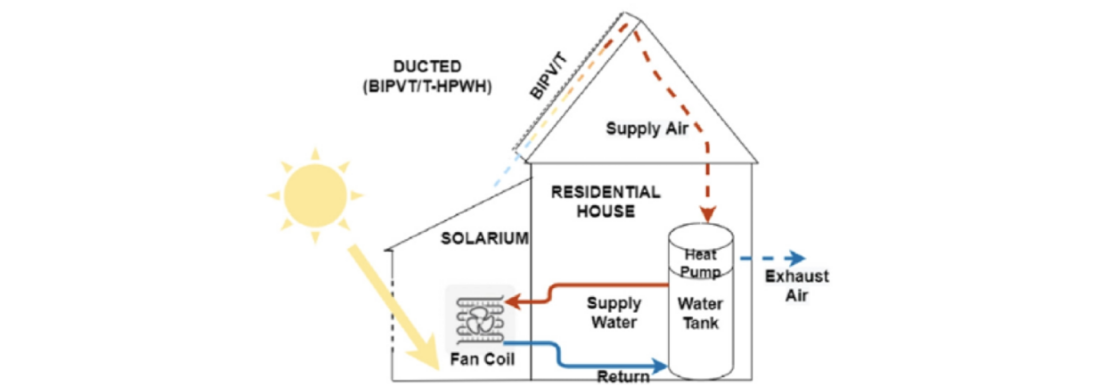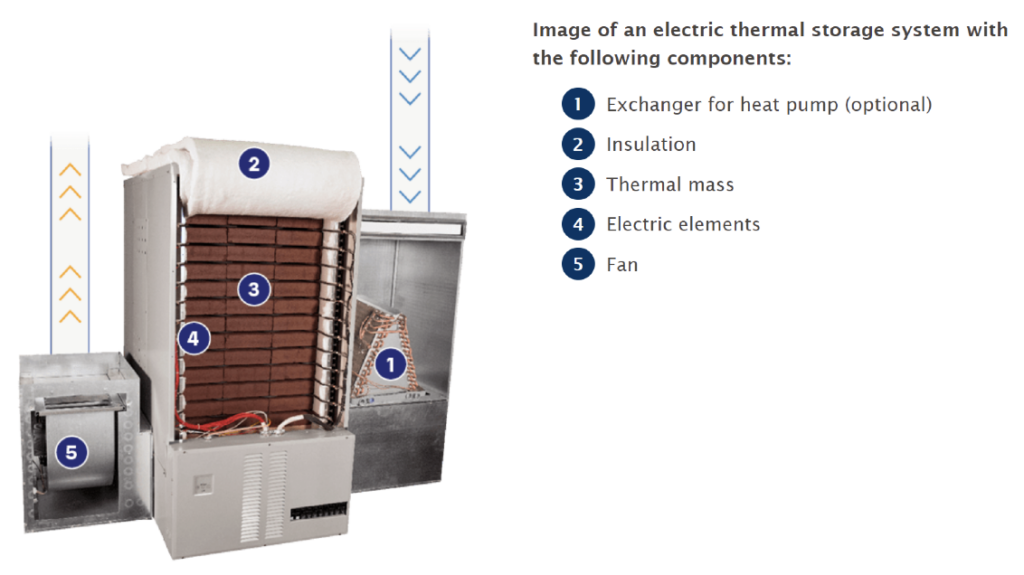Can your home be carbon-neutral?

Clean50 Emerging Leader Mohamed Ouf, Assistant Professor in Building Engineering at Concordia University explores the technologies and strategies that can help homeowners achieve carbon neutrality in their existing homes.
Decarbonizing the building sector is a critical endeavor in our fight against climate change, but what does this mean for our homes? And how can homeowners contribute to reducing their homes’ carbon footprint?
Carbon neutrality for homes ideally begins during the design phase, incorporating passive design elements, optimizing building orientation, and selecting sustainable high-performance building materials. However, most of us don’t have the opportunity to design and build our homes from scratch. Many already (or will) live in homes that were constructed without these considerations. Therefore, this article focuses on retrofitting existing homes towards carbon neutrality.
It’s important to note that a home’s carbon footprint is closely linked to its square footage. While this article was written with single-family homes in mind, it doesn’t necessarily advocate for this dwelling type as the ideal. In many cases, living in denser multi-family residences can significantly reduce our carbon footprint, but retrofitting such large buildings is often more complex and requires collective decision-making. Despite this, most of the concepts described below are still applicable for larger buildings, albeit with a higher cost and more complexity for their integration.
Here are key steps homeowners can take to reduce their home’s carbon footprint:

- Cold-Climate Heat Pumps: One of the first steps towards decarbonization is eliminating fossil-fuel-based energy sources at home. This means transitioning to electricity-based heating systems (which admittedly may be influenced by other contextual factors related to cost and “cleanliness” of the electricity grid). Recent advancements in cold-climate heat pumps have made them commercially accessible and efficient, especially for Canadian winters (Figure 1). These systems significantly outperform traditional heating sources and can be further optimized using advanced building automation systems (e.g., adjusting temperature settings based on occupancy and weather conditions), to reduce their energy consumption even more.
- Building-Integrated Photovoltaics with Thermal Capture (BIPV-T): While traditional solar panels provide clean electricity, BIPV-T systems go further by capturing both electricity and thermal energy (using heat produced by PV cells when generating electricity for space heating and hot water). These systems maximize the use of solar energy, making homes more self-sufficient and less reliant on fossil fuel-based energy sources (Figure 2). Although less commercially accessible, BIPV-T is a promising technology that has been gaining momentum in research with some Canadian proto-type installations.

(source: Gaucher-Loksts, E., Athienitis, A. and Ouf, M., 2022. Design and energy flexibility analysis for building integrated photovoltaics-heat pump combinations in a house. Renewable Energy, 195, pp.872-884.)
- Geothermal Systems: Geothermal systems are highly efficient and eco-friendly for heating and cooling. They harness the Earth’s stable temperature to provide thermal energy. When combined with radiant floor or underfloor heating systems, they enhance thermal comfort while further reducing energy demand. Integrating these systems may require significant expertise for optimization, but would be an excellent choice for residential decarbonization.
- Energy Storage Systems: To maximize the utilization of on-site energy systems, storage technologies like advanced batteries or thermal storage systems (Figure 3) are essential. They store excess renewable energy, reducing reliance on the grid and minimizing carbon emissions. Pairing these systems with solar panels or BIPV-T, for example, allows homeowners to make the most of solar energy, especially during peak demand periods or power outages.

- Reducing Energy Demand / Improving Envelopes: While many of the aforementioned technologies focus on the energy supply side, decarbonization would also require minimizing energy demand. Homeowners can achieve this by adjusting behavioral patterns (e.g., choice of heating and cooling setpoints), or improving their building envelope. This includes increasing insulation in walls, roofs, basements, and windows, along with effective air sealing. A well-insulated and sealed home maintains stable indoor temperatures, thus reducing the need for heating and cooling to start with.
By combining some or all of these strategies and tailoring them to specific building needs and conditions, homeowners can significantly reduce their carbon footprint and lower energy bills. While some of these upgrades might have been cost-prohibitive in the past, various funding programs at both federal and provincial levels now offer grants to subsidize installations and interest-free loans for up to 10 years. These funding initiatives present an excellent opportunity for homeowners to embrace sustainable solutions in residential renovation projects.
In summary, homeowners can play a crucial role in decarbonizing the building sector by retrofitting their existing homes. The aforementioned strategies are not necessarily exhaustive, but they provide some of the key steps towards making homes more energy-efficient and more importantly reducing their carbon footprint. Current funding programs make these solutions more accessible, which can derive meaningful progress toward carbon neutrality in the residential sector.

















